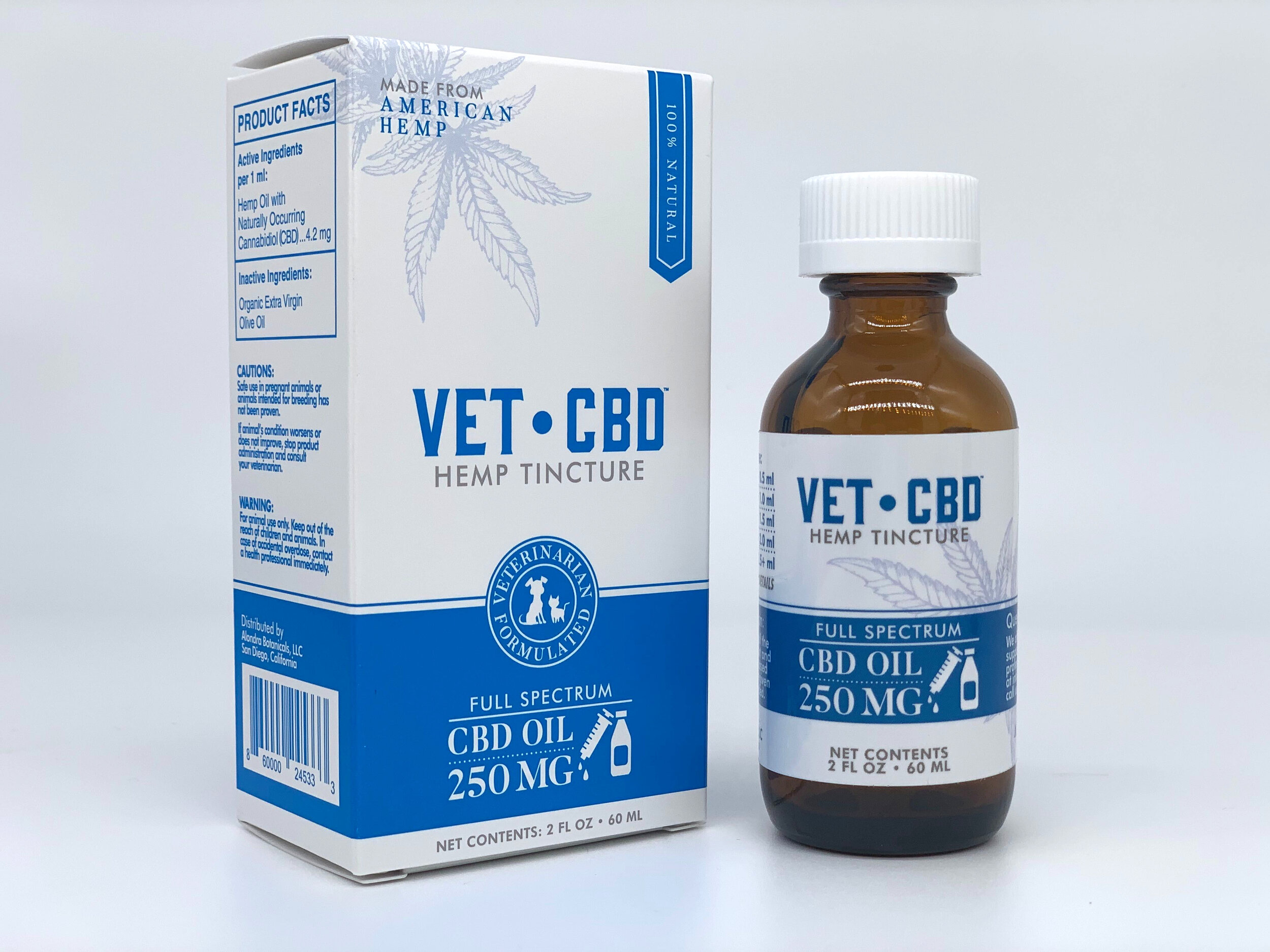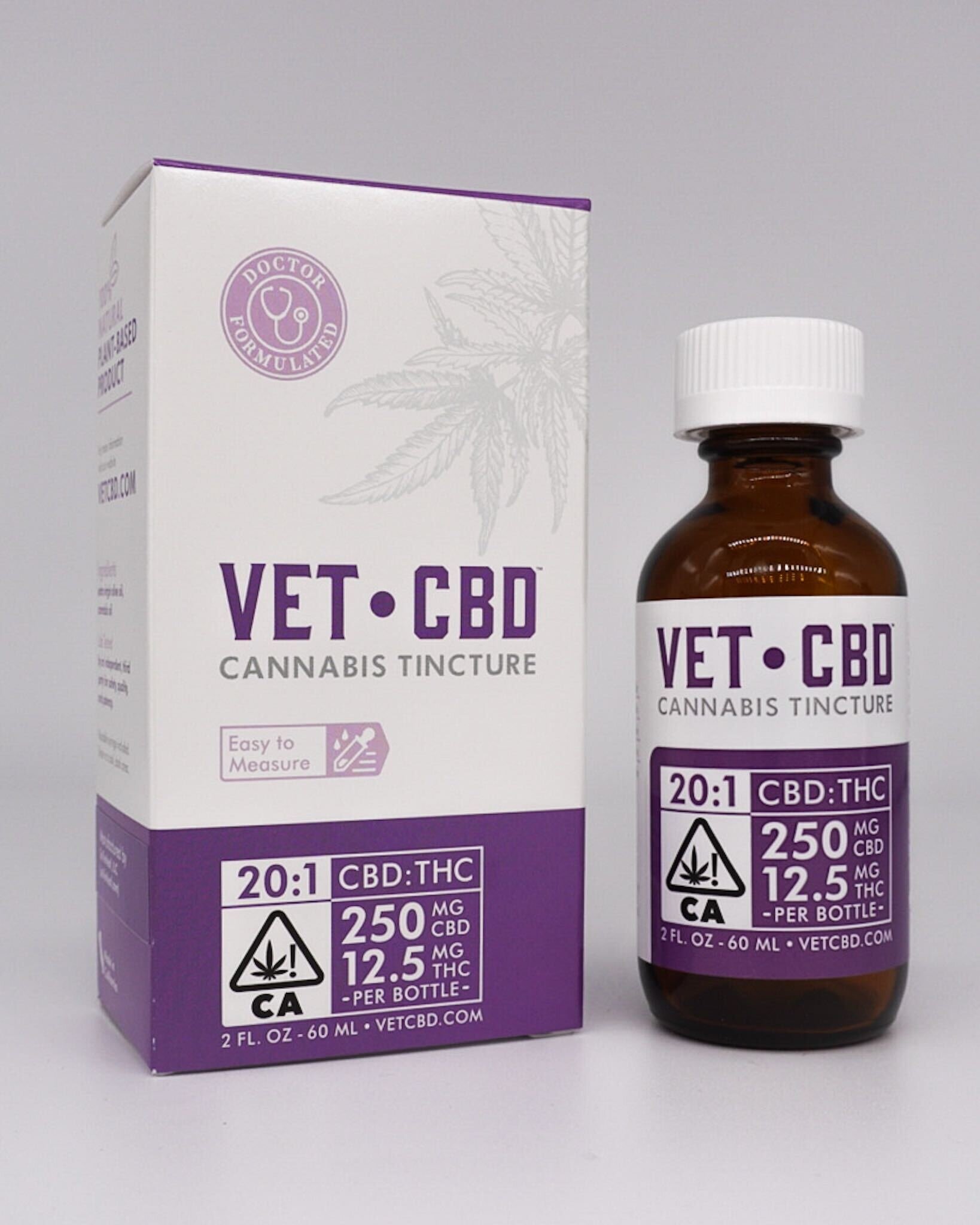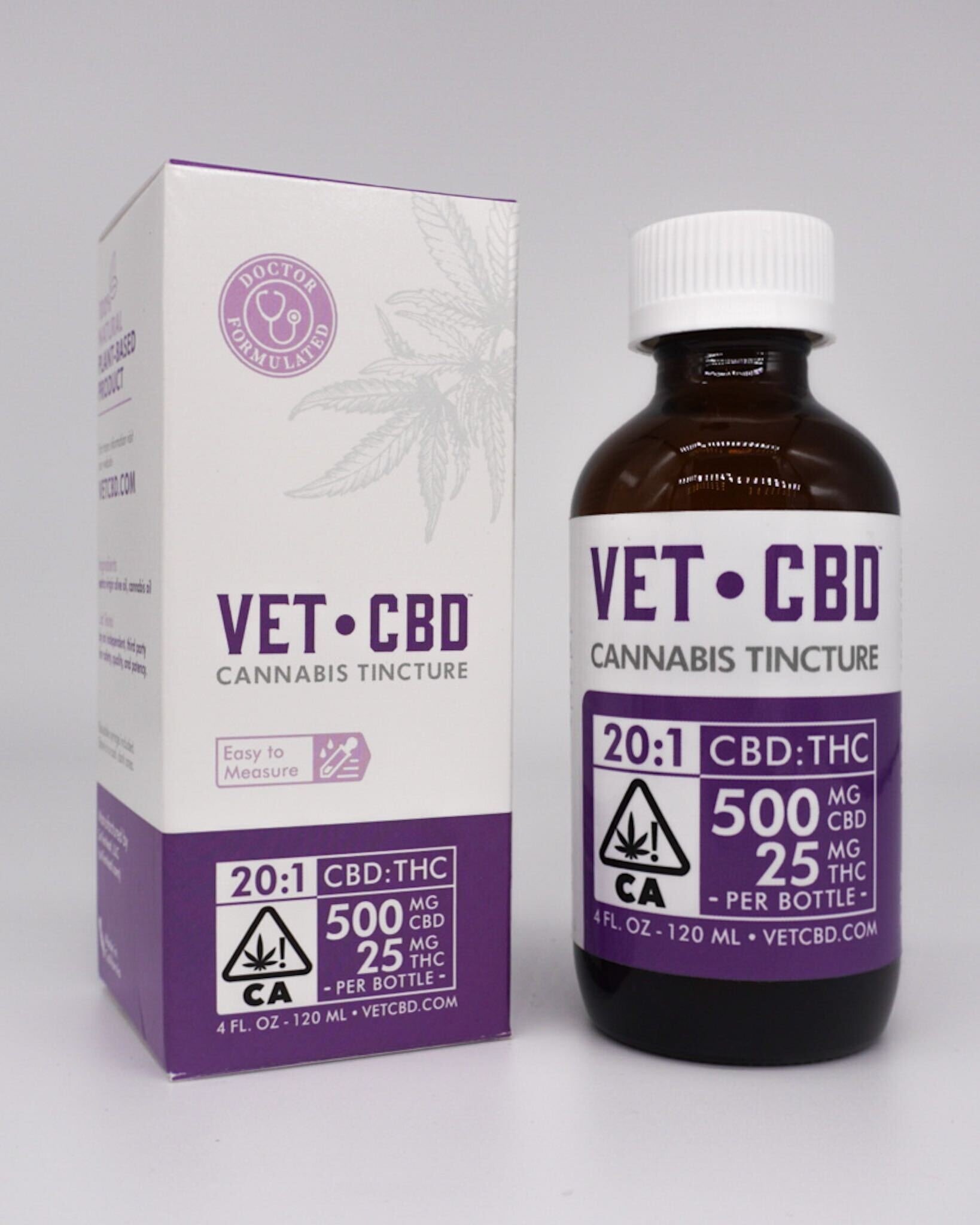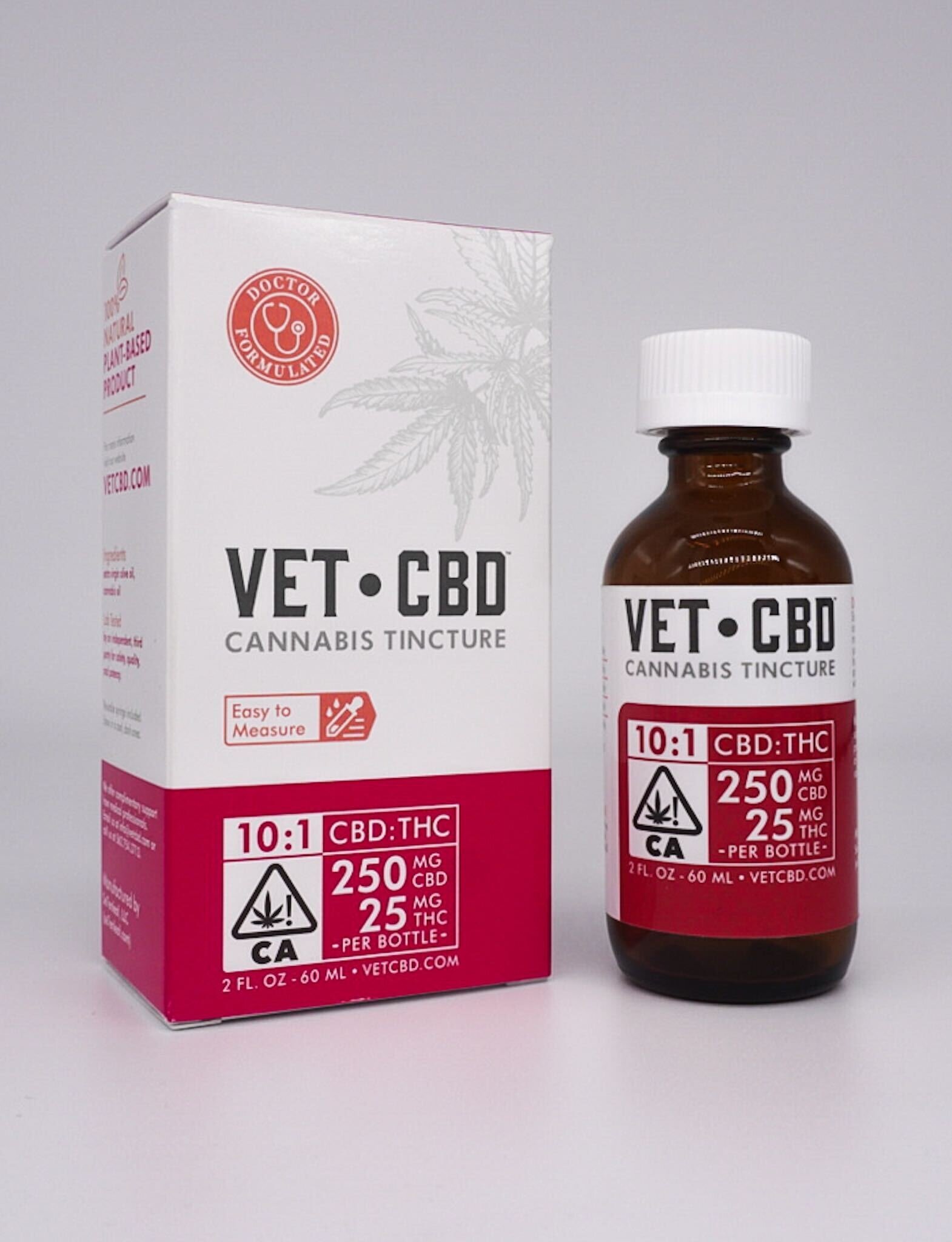Dr. Tim Shu
Cannabis is a component of Traditional Chinese Medicine and the Chinese have traditionally used cannabis for thousands of years. Cannabis has been used medicinally and recreationally around the world for many millennia.
The criminalization of cannabis is a very recent phenomenon in the history of human society, but with legalization rapidly spreading across the globe, we’re getting back to our roots, and the world will be a better place because of it.
I met Dr. Tim Shu in a restaurant in the east end of Los Angeles and we shared our stories and goals for the future, in cannabis and in life. The next time we were both in Berlin speaking at the International Cannabis Business Conference, again we shared stories over great coffee and local fare, and we were now international travelers on a mission to educate others about cannabis and CBD. A year later I again called on Tim to help myself and the city of El Monte educate the local Asian community, where there was a vocal group that was misinformed about what cannabis is, we did this in partnership with Mayor Quintero. Tim’s panel was translated into Vietnamese, Cantonese, Mandarin, and Spanish, we closed our loop of local and international travel that day by offering education in five languages. I am honored to have Dr. Shu here on AACE, and it is an honor to call him friend.
How have your views on cannabis changed?
I grew up in Texas, where cannabis was heavily stigmatized. We were taught that no good could ever come from the “devil’s lettuce”. After graduating from veterinary school I moved to California because, well… California. After a few years in practice, I started taking a hard look at cannabis and its potential therapeutic benefits. It’s been known for decades that it has a number of medical uses for humans, so I wanted to know if it can also help animals without them getting high. Turns out it absolutely can, and even though we already see it benefit animals in so many ways, we’re just at the tip of the iceberg when it comes to understanding the full potential of cannabinoid therapeutics. It’s a very exciting time for medicine.
What was the impetus of that change?
As a healthcare professional, my goal has always been to improve the lives of animals. Although medicine today has come a long way, the way it’s practiced tomorrow will not be the way it’s practiced today. Things evolve and improve because we’re always striving to do better. When it comes to cannabis, we as healthcare professionals have a moral and ethical obligation to explore its therapeutic benefits so we can provide accurate information for our clients to base important health decisions on. But just providing the information isn’t good enough. It does the client no good if you provide the information but can’t provide them the means to improve their pets’ lives. So in 2015 I retired from practice and started VETCBD so we could provide the education and means for pet owners to improve their pets’ lives through cannabis.
How did you enter the cannabis industry?
I would pick up CBD-rich cannabis strains from local dispensaries I was friends with, and I started formulating tinctures with the goal of alleviating pain and anxiety in pets. Once I had a good formulation with good results, I hit the ground running. I was the formulator, manufacturer, salesperson, distributor, educator, and brand ambassador. I spent my days pitching, educating, and selling, and my nights formulating and manufacturing. It was 7 days a week and physically exhausting, more so than the 16-hour ER shifts with multiple surgeries I was doing the year before, but hearing all the positive feedback from clients invigorated me, as I knew there were so many more pets that could find relief from cannabis and I had to do everything I could to let pet owners know about the benefits of cannabis.
Did you do research into cannabis before entering?
It’s a requirement. I’m an information nut and I love the process of learning. PubMed and Google Scholar are my tools of choice. When I started out, I pored over papers spanning the past 50 years, researching cannabis and the endocannabinoid system – I couldn’t get enough. I still very much enjoy the occasional research marathon of just going down a rabbit hole of research papers for hours at a time.
How does your family feel about your cannabis businesses?
They love animals and understand that I’m using cannabis to improve the lives of animals so they’re completely supportive.
What is the most frequent question you are asked about cannabis?
“What can it be used for?” Everyone knows that cannabis can be used for recreational purposes in humans, but when it comes to medical use, people usually know very little or have heard over-the-top, extraordinary claims. So a few years ago I came up with an acronym to help people quickly understand the most common uses of cannabis: PAINS. It stands for pain, anxiety, inflammation, nausea, and seizures. That’s not to say those are the only uses for cannabis, but those are the most common. Many people ask about cannabis and cancer as well, and while there are some interesting preclinical studies showing benefits, there’s nothing definitive and no clinical studies. But we do know that cannabis can help with some of the symptoms associated with cancer, namely pain, nausea, and appetite loss. There’s a lot of interesting research happening now looking into its use for other conditions, and we’re developing new formulations, so I’m sure in the future I’ll have to modify the acronym.
Where do you see the cannabis industry in five years?
On the medical side, we’ll see diseases fingerprinted based on individual genetics so that a matching fingerprint of cannabinoids, terpenes, and other phytochemical compounds can be tailored for treating specific conditions. Major pharmaceutical companies will go to market with their product offerings. People think pharmaceutical companies aren't interested in cannabinoid therapeutics because cannabis is a plant and plants can't be patented (which isn't true, plants can be patented), but pharma is well aware of the crucial and extensive role the endocannabinoid system plays in health and disease and has been quietly positioning themselves to be the major players in medical cannabis within the next 5 - 10 years.
On the cultivation side, we’ll see large amounts of genetic diversity resulting in plants yielding high amounts of cannabinoids that are currently found in concentrations under 1%. We’ll also see better extraction techniques to pull components such as cannflavins. And we'll see large-scale biosynthesis of phytochemical compounds achieved through microbial synthesis.
Why do you think some Asians are against cannabis?
Fear, misunderstanding, and lack of knowledge compounded over the years through propaganda. It’s ironic because cannabis is a component of Traditional Chinese Medicine and the Chinese have traditionally used cannabis for thousands of years. Cannabis has been used medicinally and recreationally around the world for many millennia. The criminalization of cannabis is a very recent phenomenon in the history of human society, but with legalization rapidly spreading across the globe, we’re getting back to our roots, and the world will be a better place because of it.
Find Dr. Tim Shu here:







